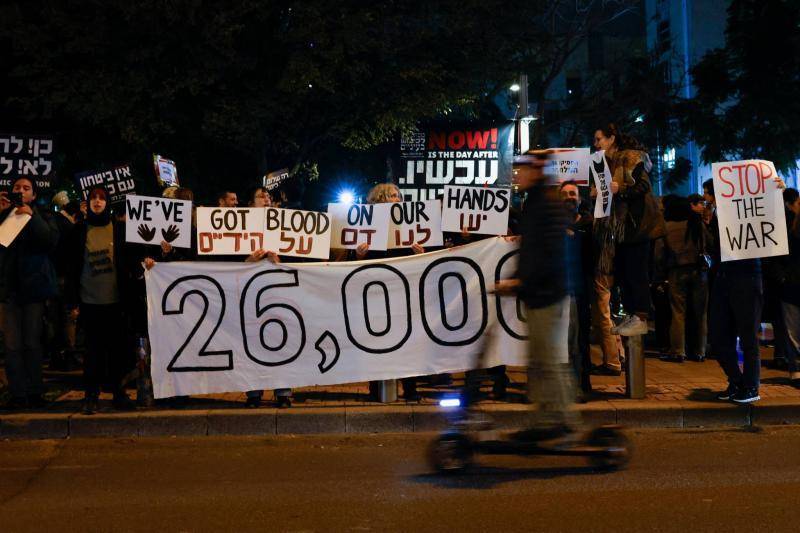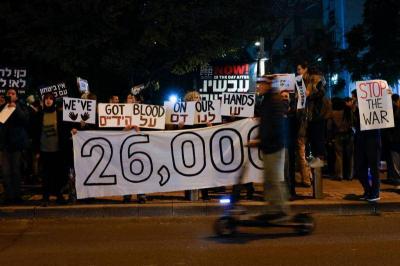Information and details remain conflicting regarding what international negotiators have agreed upon concerning the prisoner exchange deal between Israel and Hamas, as well as the halt of the war in the Gaza Strip, which has entered its fourth month. Consultations and discussions continue among those involved in this sensitive matter, with Egyptian, Qatari, and American negotiators striving to bridge differences.
Some details have emerged about the proposed new prisoner exchange deal between Israel and Hamas. A principles document presented by Mossad Chief David Barnea to the Israeli war council indicated that the potential prisoner exchange deal involves the release of 35 living Israeli detainees, including women, the wounded, and the elderly, in exchange for a 35-day ceasefire and the release of Palestinian prisoners as well—one day of ceasefire for each prisoner, according to Israeli channel "12".
The proposal also includes the possibility of extending the ceasefire for an additional week after the initial 35 days, to negotiate the potential completion of a second phase of the deal, which would involve the release of young detainees and anyone whom Hamas describes as soldiers.
The core of the disagreement for the Israeli side seems not to be the number of Palestinian security prisoners that Israel would need to release from its jails, but their identity. Any deal that includes the release of a large number of Palestinians convicted of involvement in attacks that led to the deaths of Israelis would be difficult for the public and politicians in Israel to accept. As of now, there is still no agreement on how many Palestinians will be released.
In contrast, Hamas appears to insist that the upcoming deal include three well-known Palestinian prisoners: Marwan Barghouti, Ahmad Sa'adat, and Abdullah Barghouti, according to the newspaper "Yedioth Ahronoth" yesterday evening. These high-profile names are believed to have the potential to change the landscape of the Palestinian Authority, especially Barghouti, who was considered in a recent poll in the West Bank to be the preferred candidate to lead the Authority after Palestinian President Mahmoud Abbas (Abu Mazen).
Barghouti, who was arrested by Israel in 2002, is serving five life sentences and 40 years in prison for orchestrating operations that resulted in the deaths of five Israelis and injuries to others. Sa'adat is the Secretary-General of the Popular Front for the Liberation of Palestine, who planned the assassination of Israeli Minister Rehavam Ze'evi in 2001. Israel had previously refused to release him as part of the Gilad Shalit deal (prisoner exchange in 2011).
Abdullah Barghouti, a member of Hamas, is considered one of the military wing leaders of the organization in the West Bank. He is currently serving an unprecedented 67-year life sentence in Israel, according to the newspaper. Until now, neither side has announced its stance regarding the new details that have recently surfaced.
It is worth mentioning that a meeting took place last Sunday in Paris, with the participation of Israel, the United States, Egypt, and Qatar, to discuss a potential prisoner exchange deal and the cessation of hostilities, which will occur in three phases, according to Palestinian and American sources. A previous ceasefire lasted a week in late November 2023, allowing for the release of around 100 captives taken by Hamas during its surprise attack on Israeli settlements and military bases in the Gaza envelope on October 7. At that time, the movement released these individuals in exchange for Israel ceasing fire and releasing 240 Palestinian prisoners.
According to Israeli authorities, who are under significant pressure from the families of the detainees to agree to a new exchange deal, approximately 132 prisoners remain held in the Gaza Strip, 28 of whom are believed to have died.




